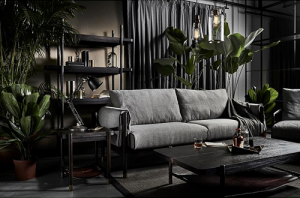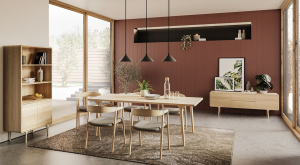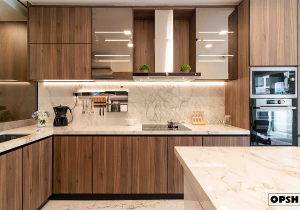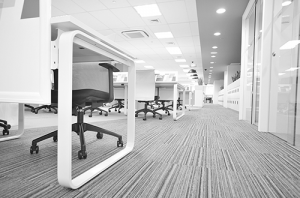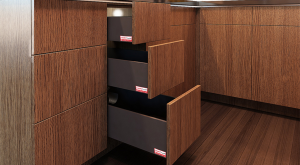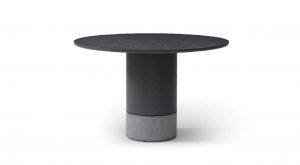Featured Post
The Best Materials for Outdoor Furniture
Outdoor furniture is an investment in your home's comfort and style. Choosing the right materials is key to ensuring your furniture withstands the elements and looks great for years. This guide explores the best materials for outdoor furniture, offering insights into durability, maintenance, and style.
When it comes to outdoor furniture, not all materials are created equal. The right choice can mean the difference between furniture that lasts for decades and pieces that need replacing after a single season. Factors like weather resistance, durability, and maintenance requirements should guide your decision. In this article, we'll delve into the best materials for outdoor furniture, share personal experiences, and provide tips to help you make an informed choice.
Teak
Teak is a popular choice for outdoor furniture due to its natural resistance to weather, insects, and rot. Its high oil content makes it exceptionally durable, even in harsh climates. I've had a teak bench on my patio for over five years, and it still looks as good as new with minimal maintenance. However, teak can be expensive, and its weight might be a drawback for some.
Aluminum
Aluminum is lightweight, rust-resistant, and requires little maintenance. It's perfect for modern outdoor settings and comes in various styles. I once owned an aluminum dining set that survived a particularly rainy season without any signs of wear. The only downside is that it can get hot in direct sunlight, so cushions are a must.
Wrought Iron
Wrought iron offers a classic, elegant look and is incredibly sturdy. It's heavy, which makes it wind-resistant, but it can rust if not properly maintained. I recommend applying a rust-resistant coating annually to keep it in top shape.
Synthetic Wicker
Synthetic wicker mimics the look of natural wicker but is made from resin, making it weather-resistant and easy to clean. It's a great option for those who love the wicker aesthetic but want something more durable. I've found that synthetic wicker furniture is also lightweight and easy to move around.
Plastic
Plastic furniture is affordable, lightweight, and comes in a variety of colors. However, it can fade over time and may not be as sturdy as other materials. It's best for temporary or budget-friendly setups.
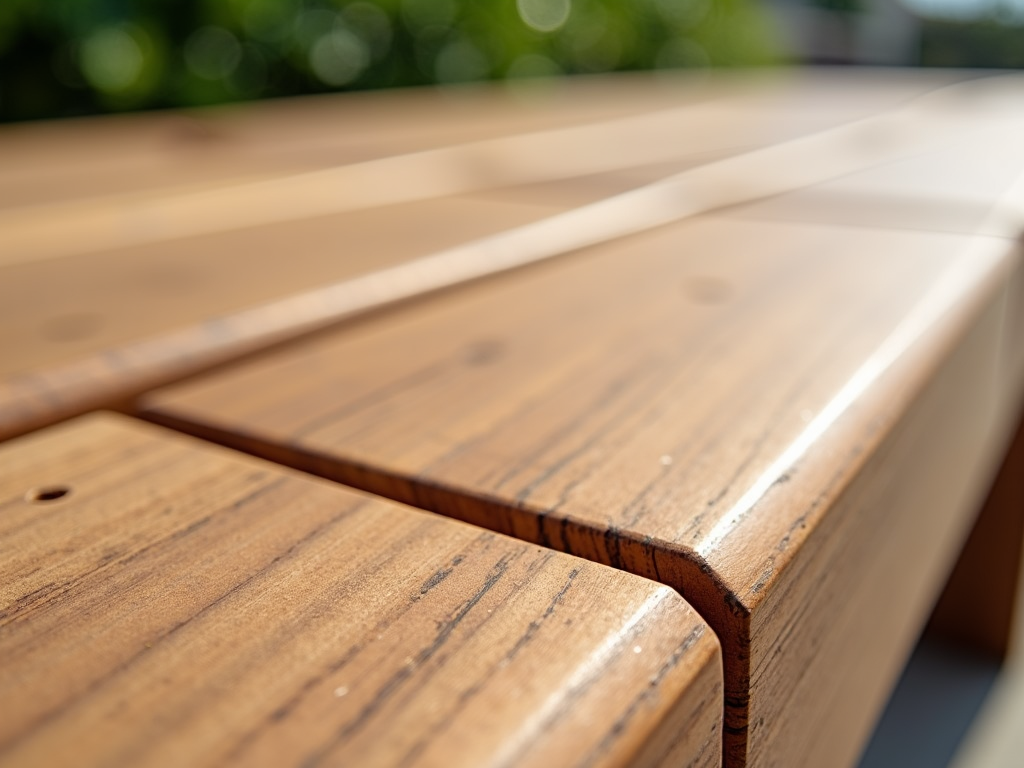
When selecting outdoor furniture, consider the following factors: - Weather Resistance: Choose materials that can withstand your local climate, whether it's rain, sun, or snow. - Durability: Look for materials that are known for their longevity and resistance to wear and tear. - Maintenance: Some materials require regular upkeep, while others are low-maintenance. Decide how much time you're willing to invest in care. - Comfort: Ensure the furniture is comfortable to use, especially if you plan to spend a lot of time outdoors. - Style: The material should complement your outdoor space's aesthetic.
Even the best outdoor furniture can show signs of wear over time. Here are some DIY fixes: - For Wood: Sand down rough spots and apply a fresh coat of sealant or paint. - For Metal: Remove rust with a wire brush and apply a rust-resistant paint. - For Wicker: Clean with a mild detergent and water, and repair loose strands with glue. - For Plastic: Clean with a mixture of vinegar and water to remove stains.
Knowing when to repair versus when to replace is crucial. If the furniture is structurally sound, a little TLC can go a long way. However, if it's beyond repair, it might be time to invest in new pieces.
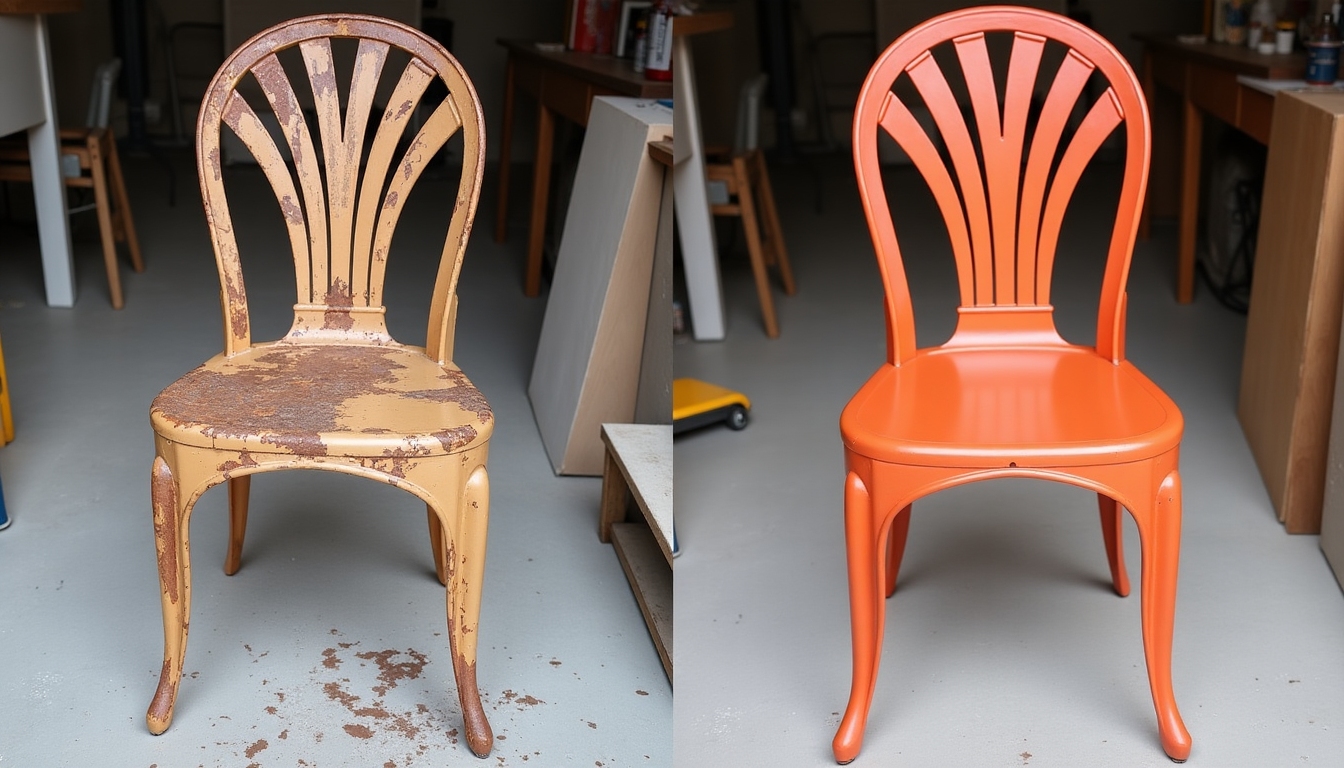
- Opt for materials like teak, aluminum, or synthetic wicker.
- Look for furniture with UV-resistant finishes.
- Choose pieces with rust-proof hardware.
- Consider the weight— heavier furniture is less likely to be damaged by wind.
- Check for water-resistant cushions or opt for quick-drying fabrics.
- Ensure the furniture is designed for outdoor use, not just indoor furniture placed outside.
- Read reviews and check warranties for durability claims.
- Consider the ease of cleaning and maintenance.
- Think about storage options during off-seasons.
- Invest in quality—it's often worth the extra cost for longevity.
Multifunctional furniture is a great way to maximize space and functionality on your patio. Examples include: - Ottomans with Storage: Serve as seating and storage for outdoor essentials. - Dining Tables with Built-In Coolers: Keep drinks cold while entertaining. - Sofa Beds: Provide seating during the day and a place to nap in the evening.
These pieces not only save space but also add convenience to your outdoor living area.
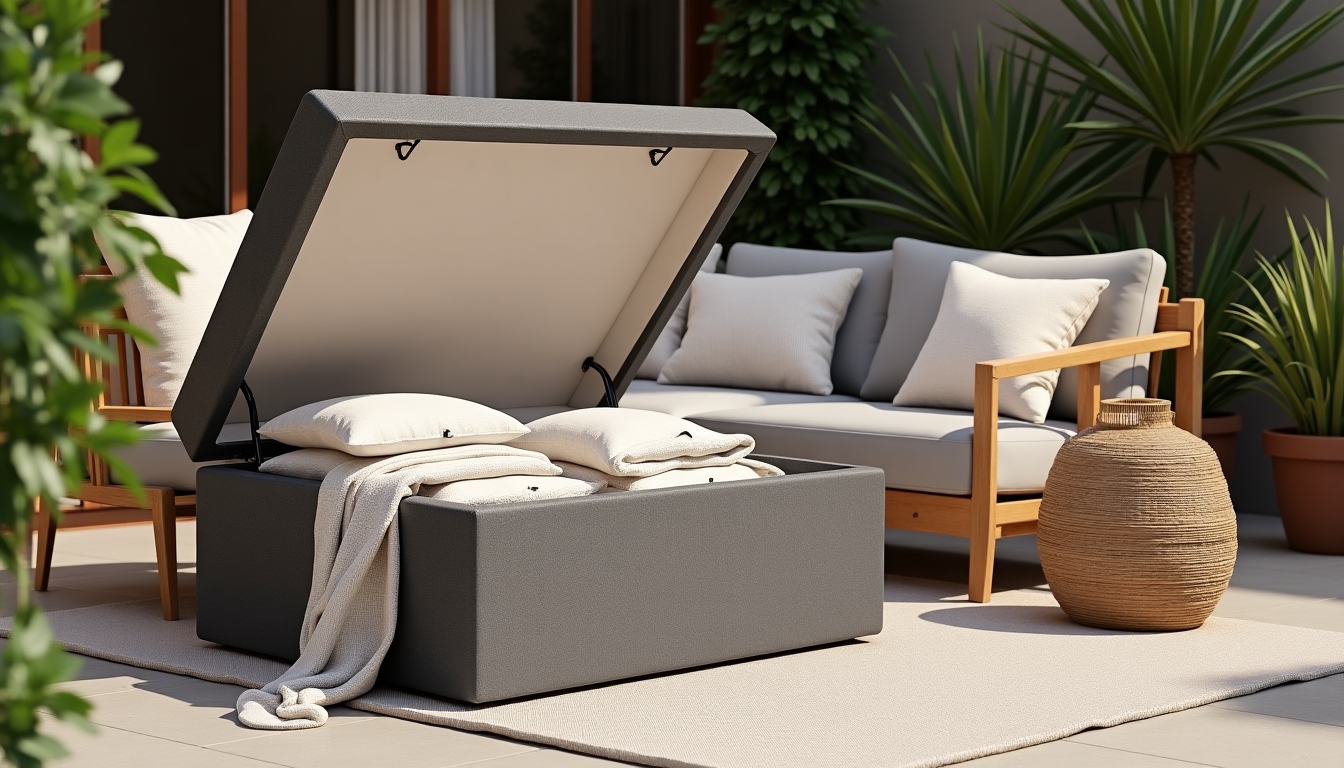
Choosing the right materials for your outdoor furniture is essential for creating a beautiful, functional, and long-lasting outdoor space. By considering factors like weather resistance, durability, and maintenance, you can select pieces that will serve you well for years to come. Don't forget to explore multifunctional options to make the most of your patio.
In summary, the best materials for outdoor furniture include teak, aluminum, wrought iron, synthetic wicker, and plastic, each with their own pros and cons. When choosing, consider your local climate, maintenance preferences, and style. For more insights, check out our recommended readings below.


